Big limbs that grow vigorously at the tops of the trees pose a big threat to the life expectancy of tall-spindle apple orchards.
These “overblown tops” will support leaves that feed carbohydrate back to the trunks, growing them larger. “You should be able to keep trunks small for up to 20 years,” says Terence Robinson.
 Robinson, the Cornell University pomologist who developed the tall-spindle system and the horticultural practices that go with it, used the occasion of a bus ride during the International Fruit Tree Association tour of Italy in November to quiz growers.
Robinson, the Cornell University pomologist who developed the tall-spindle system and the horticultural practices that go with it, used the occasion of a bus ride during the International Fruit Tree Association tour of Italy in November to quiz growers.
“What do you do to keep the tops under control?” he asked, and began pointing at his “students” for their response.
“As trees get older, there is a natural problem with top growth,” he said. “The tops overgrow the bottoms. Not only do they cause shading problems that reduce fruit quality, but they make big trees. Large limbs create large trees.”
One suggestion: prune the tops later in the spring. Wait for shoots to develop 10 or 12 leaves, then cut them. Growers who intend to develop their trees into fruiting walls can hedge in June, when shoots are at that stage, and the hedging will shorten the shoots, keep the leaves busy feeding fruit instead of growing wood, and will induce flower bud development for the next crop.
As another idea, bend these top limbs over, discouraging vegetative growth and encouraging fruit production.
“The natural bending of branches under the weight of fruit without heading can be used to great horticultural advantage in the tops of vigorous trees when it is desired to limit tree height,” Robinson said. “Often growers want to limit tree height by heading the leader in the top of the tree. If heading cuts are made on vertical shoots in the top of trees, vigorous regrowth results.
“If lateral shoots or limbs are manually bent horizontal or allowed to bend naturally under the weight of the crop, they set heavy crops the next year. The crop will also act as a strong sink for resources, thereby further reducing the vegetative vigor in the top of the tree.
“Once the top of the tree is fruitful and the leader has bent under the weight of the crop, it can be shortened to a weak side branch without a vigorous response.”
Another suggestion for preventing “blown-out tops” is to crop them heavily. Trees that are making fruit aren’t making wood.
Here are other solutions:
—Faithfully follow the rules of renewal pruning, taking out any branch that is half the diameter of the trunk. “On trees with overgrown tops that need to be restructured, moderate renewal pruning—taking out one or two large upper branches annually for a four- to five-year period—can eliminate all of the large branches in the top of the tree,” Robinson said.
—Don’t head the leader. While trees can become too tall, cutting the leader to control height will induce profuse new growth, magnifying the problem. “Manage the tree top by allowing crop to bend the leader above the support stake or wire,” Robinson said. “When broken or bent below the horizontal, leaders can be cut back to a new upright, but not before,” he said.
—Spray vigorous tree tops with Apogee (prohexadione calcium). Use low doses, at about bloom time and again three weeks later, just on the tops, Robinson advised. The growth regulator reduces shoot elongation.
Root pruning will also affect top growth, Robinson said, but that’s an “emergency measure” to use when other means fail. •



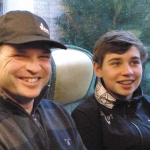
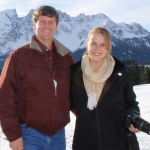

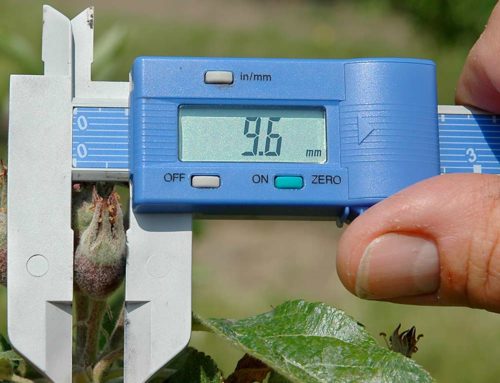
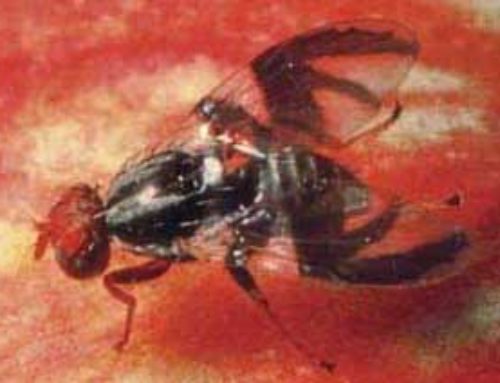
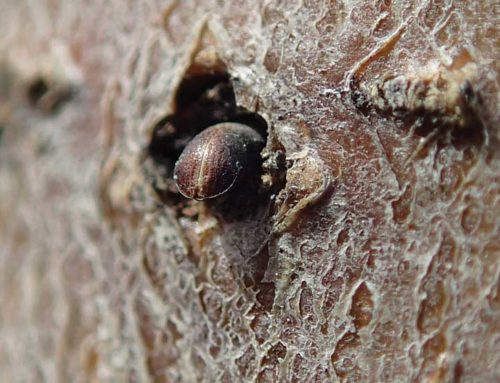
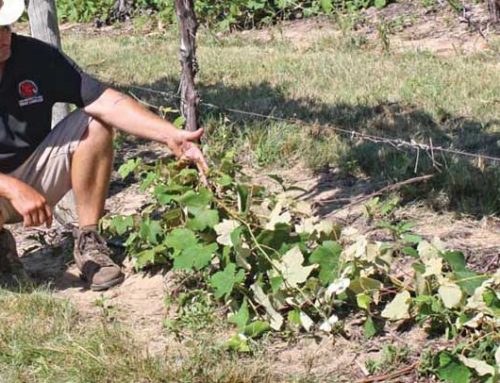
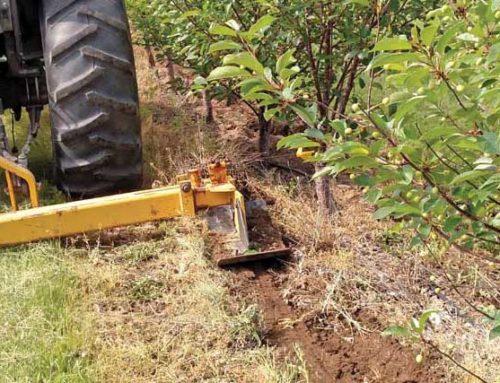
Leave A Comment